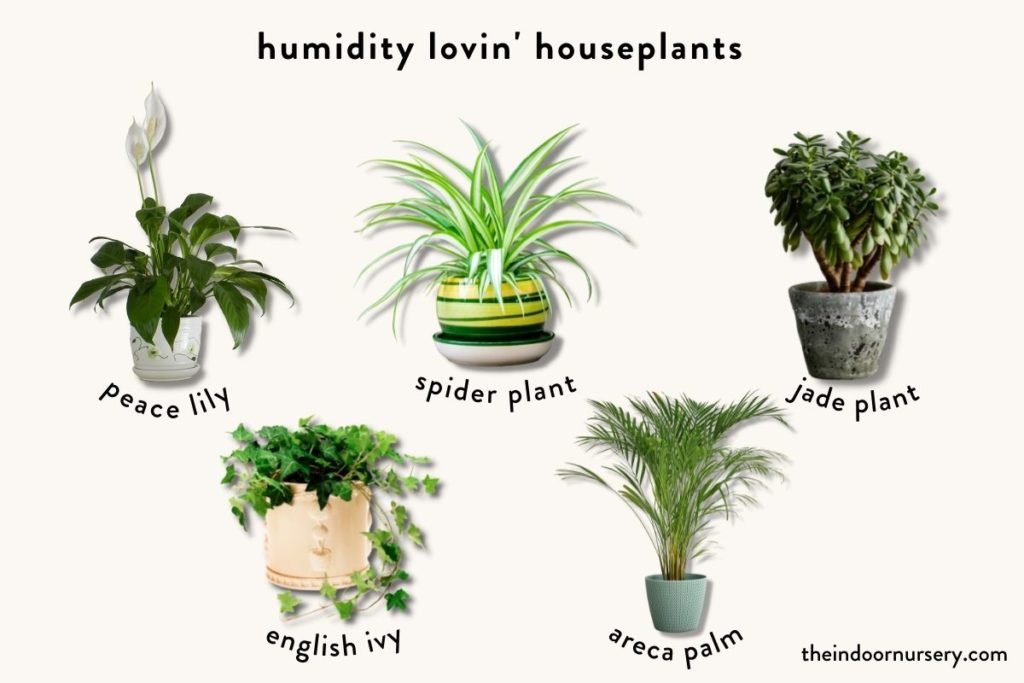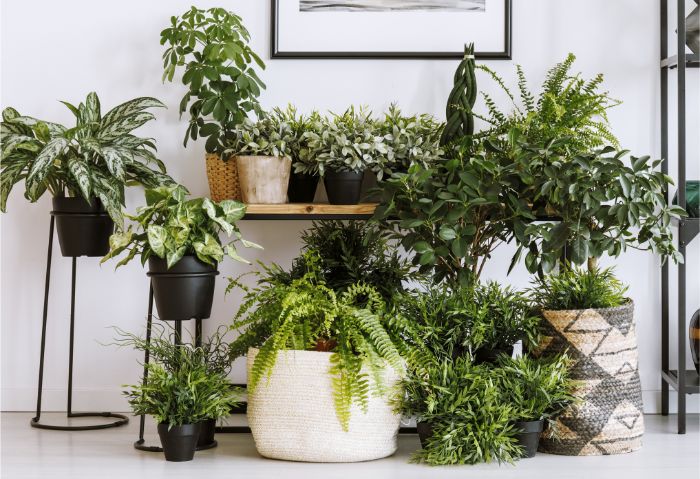Why Humidity Matters for Plant Health
Humidity is a critical factor in plant growth and development, playing a significant role in photosynthesis, transpiration, and overall plant health. When plants are exposed to optimal humidity levels, they are able to thrive, with benefits including enhanced growth rates, improved yields, and increased resistance to disease. On the other hand, plants growing in environments with low humidity may experience stress, leading to reduced growth, yellowing leaves, and increased susceptibility to pests and diseases. By understanding the importance of humidity for plant health, growers can take steps to create an ideal environment, ultimately leading to stronger, more resilient plants. This is where exploring ways to increase humidity for plants becomes essential, providing a crucial element for plant success.
How to Boost Humidity Levels for Happy Plants
Increasing humidity for plants is a simple yet effective way to promote healthy growth, prevent pest infestations, and create an ideal environment for thriving plants. By understanding the importance of humidity, growers can take steps to boost humidity levels, ultimately leading to stronger, more resilient plants. One of the most effective ways to increase humidity for plants is to create a humid microclimate, which can be achieved through various methods, including natural and artificial means. By exploring these ways to increase humidity for plants, growers can provide their plants with the optimal environment they need to thrive. Whether it’s through the use of humidifiers, misting, or grouping plants together, increasing humidity can have a significant impact on plant health and growth.
Natural Methods to Increase Humidity
There are several natural ways to increase humidity for plants, providing a cost-effective and environmentally friendly solution for creating an ideal environment. One popular method is to place plants on trays filled with water and pebbles, which increases the surrounding humidity as the water evaporates. Another approach is to use a humidifier, which can be especially beneficial for plants that thrive in high-humidity environments. Grouping plants together is also an effective way to increase humidity, as the plants naturally release moisture into the air through transpiration. By exploring these natural ways to increase humidity for plants, growers can create a thriving environment that promotes healthy growth and development. Additionally, these methods can be used in conjunction with other techniques, such as misting and using humidity-controlled greenhouses, to provide a comprehensive approach to humidity management.
The Power of Misting: A Simple yet Effective Technique
Misting is a simple yet effective way to increase humidity for plants, providing a quick and easy solution for maintaining optimal humidity levels. By regularly misting plants with water, growers can help maintain the ideal humidity range, typically between 40-60%. This technique is especially beneficial for plants that thrive in high-humidity environments, such as ferns and peace lilies. Misting also provides essential moisture to plants, helping to prevent water stress and promote healthy growth. Additionally, misting can help to reduce the risk of pest infestations, as many pests thrive in dry environments. By incorporating misting into their humidity management strategy, growers can create a thriving environment that supports the health and well-being of their plants. When combined with other ways to increase humidity for plants, such as using humidifiers and grouping plants together, misting can be a powerful tool in promoting healthy plant growth.
Using Pebbles and Water to Create a Humid Microclimate
Creating a humid microclimate using pebbles and water is a simple and effective way to increase humidity for plants. This method is particularly useful for plants that thrive in high-humidity environments, such as orchids and bromeliads. To set up a humid microclimate, start by selecting a tray that is large enough to hold the plant and a layer of pebbles. Fill the tray with a layer of pebbles, and then add water to the tray until the pebbles are moist but not submerged. Place the plant on top of the pebbles, making sure not to let the pot touch the water. As the water evaporates from the pebbles, it will create a humid microclimate around the plant, providing the ideal environment for healthy growth. When combined with other ways to increase humidity for plants, such as misting and using humidifiers, this method can be a powerful tool in promoting healthy plant growth. By following these simple steps, growers can create a thriving environment that supports the health and well-being of their plants.
Grouping Plants Together for a Humid Environment
Grouping plants together is a simple and effective way to increase humidity for plants, creating a microclimate that promotes healthy growth and development. When plants are grouped together, they create a collective transpiration effect, where they release moisture into the air through their leaves. This process increases the humidity around the plants, creating an ideal environment for plants that thrive in high-humidity conditions. Additionally, grouping plants together can help to reduce the risk of pest infestations, as many pests thrive in dry environments. To create a humid environment through grouping, choose plants that have similar humidity requirements and place them close together. This method can be used in conjunction with other ways to increase humidity for plants, such as misting and using humidifiers, to create a thriving environment that supports the health and well-being of plants. By grouping plants together, growers can create a humid microclimate that promotes healthy growth and development, making it an essential technique for any plant enthusiast.
Humidity-Controlled Greenhouses and Terrariums
Humidity-controlled greenhouses and terrariums are specialized environments that provide an ideal setting for plants to thrive. These controlled environments allow growers to precisely regulate humidity levels, temperature, and light, creating a perfect microclimate for plants that require high humidity. In a humidity-controlled greenhouse or terrarium, plants can grow and develop without the risks associated with fluctuating humidity levels, such as fungal diseases and pest infestations. By maintaining optimal humidity levels, growers can promote healthy growth, increase yields, and reduce the need for pesticides and fungicides. Additionally, humidity-controlled greenhouses and terrariums can be used to create a stable environment for plants that are sensitive to humidity fluctuations, such as orchids and ferns. By incorporating these controlled environments into their growing practices, growers can explore new ways to increase humidity for plants and create a thriving environment that supports the health and well-being of their plants.
Tips for Maintaining Optimal Humidity Levels
Maintaining optimal humidity levels is crucial for plant health and growth. To ensure that plants receive the right amount of moisture, it’s essential to monitor humidity levels regularly. One way to do this is by using a hygrometer, which measures the relative humidity in the air. By monitoring humidity levels, growers can adjust their humidity-increasing strategies accordingly. For example, if the humidity level is too low, growers can increase the frequency of misting or use a humidifier to boost humidity. Additionally, adjusting temperature can also help maintain optimal humidity levels. Warmer temperatures can lead to dry air, so reducing the temperature can help maintain a humid environment. Another important tip is to avoid over-humidification, which can lead to fungal diseases and root rot. By finding the right balance of humidity and temperature, growers can create an ideal environment for their plants to thrive. By incorporating these tips into their growing practices, growers can explore new ways to increase humidity for plants and create a thriving environment that supports the health and well-being of their plants.







